Subscribe to the Newsletter
If you are interested in understanding how Traditional Chinese Medicine can improve your life sign up to my newsletter for the latest updates.
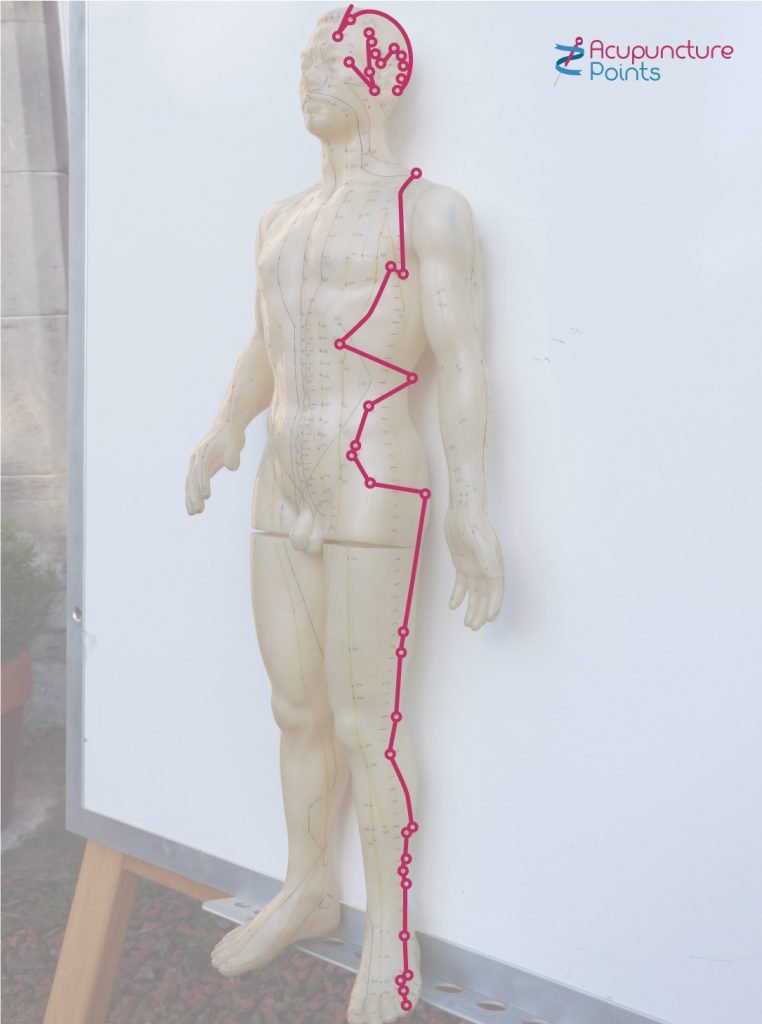
Key Learning Points
Before anything else, click on acupuncture meridians list if that’s all you’re looking for! Otherwise …
Let’s be straight! Nobody, yet, has found out exactly what acupuncture channels or meridians are. Less still has anyone been able to examine them by eye, like veins or muscles or nerves.
People have looked, of course: they’d love to prove they exist. And there’s some pretty good evidence coming along:
It would justify 2500 years of receiving bullshit from sceptics!
Science certainly hasn’t discovered them, although individual scientists have had some very interesting results:
“Many think that meridians are imaginary, abstract lines, but … they can become visible by injecting radioactive tracers into acupuncture points” (Vernejoul, 1984; Meng, 1989; Kovacs, 1992) Quote from an article titled Science-based Mechanisms to Explain the Action of Acupuncture Man-Chi Wong & Hui Jun Shen – Journal of the Association of Traditional Chinese Medicine (UK) Volume 17 Issue No 2 September 2010.
By the way – by and large the word ‘meridian’ is not the best description. ‘Channel’ is better, because a ‘channel’ conveys the idea of something travelling through it, whereas ‘meridian’ is just a hypothetical line.)
But although a case can be made for acupuncture points, which after all have an electrical skin resistance different to that of the surrounding skin (check acupuncture point evidence), not yet so much for acupuncture meridians.
Probably not!
Or perhaps I could do something but with nothing like the same understanding or results. That’s because the theory of acupuncture channels leads on to a set of other ideas. These, hanging together, make up a whole very much greater than its parts.
I first really accepted the existence of channels when watching a doctor in Nanjing, China – where I was studying acupuncture and Chinese medicine – treat someone with mumps using purely acupuncture: no herbs, nothing but needles.
The patient was around 40, very tough, worked outside, mostly digging ditches for the electricity company. He was about as wide as he was tall, and he was all muscle.
According to the nurse, he had had a very limited education and had never needed, let alone received, acupuncture treatment. He didn’t seem to know what it was.
By the way… You may find this surprising, but don’t assume that everyone in China drinks green tea and lives by the rules of traditional Chinese medicine to keep well.
The Chinese are no better at doing what they should, health-wise, than are we in the West. And many Chinese have never encountered Chinese medicine.
Apparently our patient had had mumps for three weeks, and the lump under his right jaw was huge, like a small football.
His head was forced back and towards the left.
He seemed to be in pain but didn’t admit to it.
He’d been on antibiotics for all three weeks without effect.
We discovered later that they’d been increasing the dosage, with more and more antibiotics being added, and with doses equivalent to what horses receive – huge!
But his condition didn’t improve. Eventually the medical department gave up and sent him up to the traditional Chinese medicine department: us.
The diagnosis was damp and heat in the Large Intestine acupuncture meridian.
‘Damp‘ because of the nature of the disease, for example
‘Heat‘ because of the
So, when we eventually treated him, we were not treating him for ‘mumps’!
The Large Intestine acupuncture meridian runs from the forefinger up the arm across the shoulder and neck to the face beside the nose.
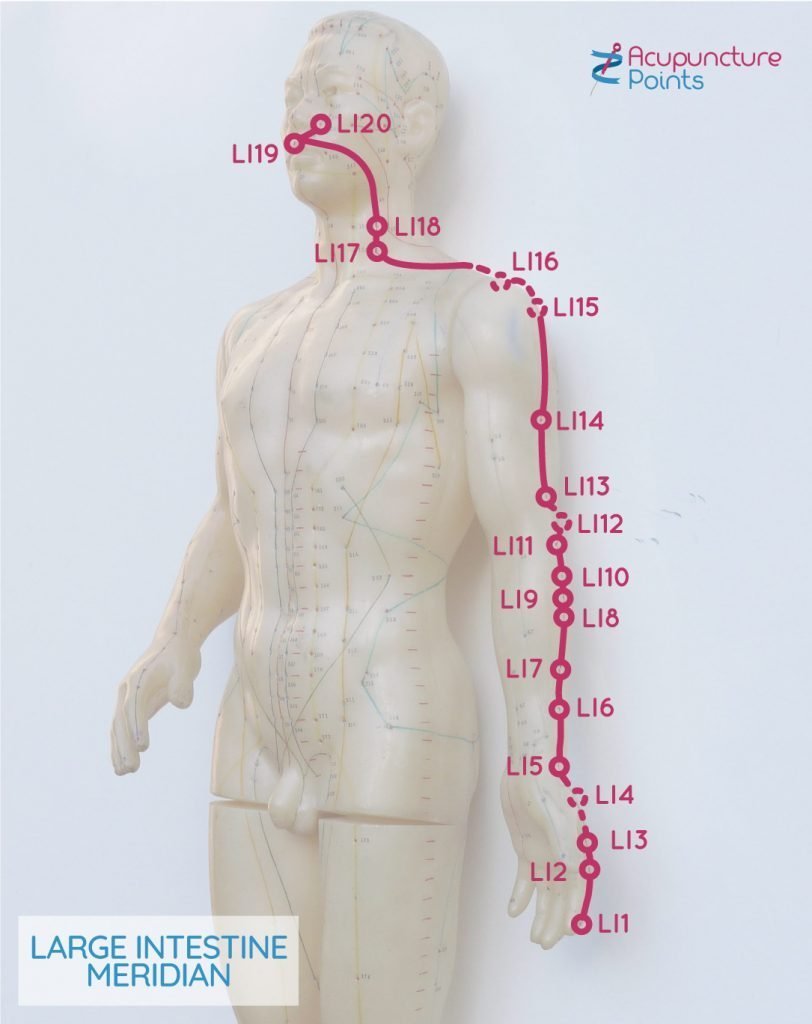
Even if he’d heard of acupuncture, which I doubt, the patient had certainly never heard of the Large Intestine acupuncture meridian, any more probably than have you! – like most people in the West.
You might think that this meridian, this acupuncture channel to do with the bowels, was relatively unimportant. You’d be wrong!
The Large Intestine acupuncture channel has a vital role in keeping our heads clear, our thinking unimpeded and our skin pure.
At least one point on the channel is among the most important in daily use and is almost irreplaceable, so much can it do.
As I said, we weren’t treating him for ‘mumps’, our Western name of the disease. We were treating him according to the diagnosis in traditional Chinese medicine.
The same happens in the West if you see a well-trained acupuncturist. You may think you are taking your stomach ache, or back-pain or headache or depression or skin problem – or whatever – for treatment by your acupuncturist.
Actually your acupuncturist, if he or she is any good, will be analysing your condition (whatever you or your doctor may call it in terms of Western or orthodox medicine) in terms of Chinese medicine, and will then treat you according to that diagnosis.
Treatment consisted of a needle near the right hand thumb-nail, to clear heat, and a needle in Hegu (right hand), an important point in the web between thumb and forefinger.
The aim of using Hegu was to get Qi moving in the acupuncture meridian and to send it to the area of the swelling to move or ‘release’ the Damp there. Almost as if you wake up that acupuncture channel’s army and sending it marching up to where the pain or problem is.
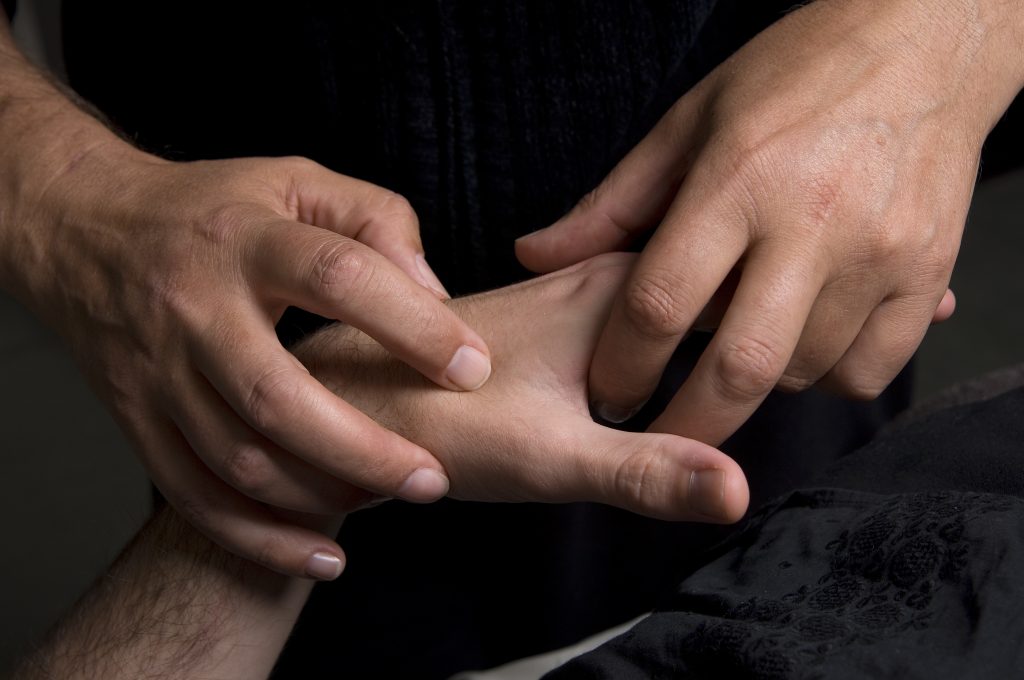
Expected result of these two actions? That Qi would move freely along the acupuncture meridian, ‘flushing out’ the dammed-up liquids as it were. Hence the swelling would decrease in size, the inflammation would disappear and the pain would go.
Clearly the Western medical department in the hospital thought the patient had an infection which their antibiotics had failed to treat.
However, the word ‘infection’ doesn’t have much meaning in traditional Chinese medicine, where it is described more carefully and precisely as, for example, heat, or cold, damp, dryness or wind: these terms have very clear meanings in Chinese medicine.
Once you understand them – not difficult – you’ll appreciate how much better they are at helping acupuncturists individualise treatment for their patients.
The doctor manipulated the needle at acupuncture point Hegu (on the patient’s right hand) and asked the patient to put the forefinger of his left hand where he felt anything happening on his right arm.
Remember that the patient had never had acupuncture, nor I suspect ever even seen an acupuncture needle. I don’t think he even knew that the treatment he would be receiving was markedly different to the antibiotic treatment he’d just had for three weeks.
He didn’t know what was going to happen.
Because his head was forced back and to the left, he couldn’t see where the needle at Hegu was unless he raised his hand, which he couldn’t because the doctor was holding it.
When the needle at Hegu went in, he said he felt a pricking sensation in his hand.
Then, as the doctor manipulated the needle, the patient put his left forefinger on his right wrist to show where he was feeling something, and gradually moved it along his arm towards his elbow, then his shoulder.
This was precisely where the Large Intestine acupuncture meridian runs. The patient touched the acupuncture points along it as he felt the sensation moving along under the skin. Eventually he reached his shoulder and then went as if to touch his neck on the right.
Of course, his neck was still very swollen so he seemed surprised to touch it so soon. Then he said (through the interpreter) it felt as if a balloon had burst there. Immediately he looked more relaxed and stopped frowning.
This took, perhaps, 5 minutes.
That was the treatment. We asked him to return the next day.
But …
… a few days later another equally sturdy patient arrived, sent by the first patient who had apparently got better ‘overnight’ and returned to work the next morning.

Remember that the patient had never seen a needle, let alone a chart of acupuncture points.
How could he have known where the doctor was directing the qi?
Yet he traced out the precise line of the acupuncture meridian, along which the qi was being ‘pushed’.
His friend said all signs of the swelling had disappeared by the next morning after the treatment.
Since then I’ve seen many other cases which make me accept the concept of acupuncture channels.
Sometimes I’ve sent qi along an acupuncture channel and ‘moved’ it exactly as the textbooks show.
It’s not always that easy to get the Qi to move, by the way. It takes some skill and there must also be sufficient Qi around: if the patient is very tired, frail or old, it may be impossible.
Sometimes patients say, before they have a treatment, that their pain goes along a particular pathway. When you examine it, it turns out to be along one of the meridians.
Sometimes you treat a point on a channel very far away from where the pain is, and there clearly is some connection because the pain disappears.
Various neurological explanations exist, but they struggle a bit when the sensation of Qi movement passes from one nerve to another.
I confidently expect someone to come up with a satisfactory explanation one day, using Western scientific criteria. Meantime, the Chinese idea of acupuncture channels and points, with Qi maintaining their integrity, is a serviceable hypothesis. What is more, it works.
The most impressive demonstration I ever saw was at the Royal Infirmary in Edinburgh – Scotland, Edinburgh’s main hospital.
A retired professor of medicine from China gave a lecture in the 1980s to a bunch of surgeons and senior nurses at the hospital.
He showed films of what he’d done with the bodies of people who’d recently died. In particular, he had taken the legs from their bodies. With an electric probe he’d then stimulated, electrically, the skin round the circumference of the thigh right at the top of the leg.
Meanwhile he’d attached another electrical device (a bell!) to the foot so that it detected signals reaching the ankle and identified the spot precisely where the signal was sensed.
There are six acupuncture channels running down the leg, spread more or less evenly round the circumference of the limb.
What he showed was how when he stimulated the point on the acupuncture channel called the ‘Gallbladder’ at the top of the thigh or in the gluteals – the bum – the bell rang to show a signal had reached where it flows over the ankle at the precise Gallbladder point there, and nowhere else.
The signal was even stronger if he stimulated acupuncture points on the thigh and put the sensor on the acupuncture points at the foot, but even if he just stimulated the line of the channel, the line of the Gallbladder meridian at the foot also picked up the signal.
The same occurred with the other channels, such as along the Stomach meridian shown below.
(With only the Spleen and Liver channels was it was harder to discern the difference because they run so close together at the ankle.)
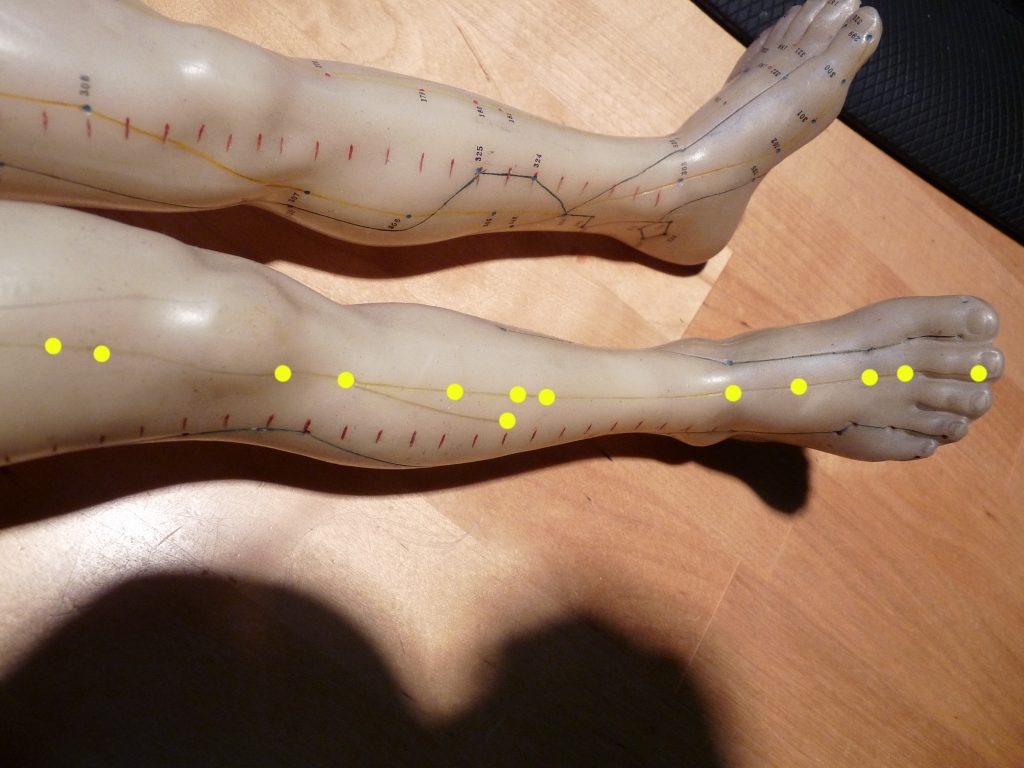
The surgeons, nurses and other medics didn’t know what to make of it. They’d heard of Chinese medicine – might even have attended one of my talks about it – but it really wasn’t of much interest to them in their normal working lives.
Yet here was something that showed connections between parts of the limb that had nothing to do with nerves, muscles, veins, lymph or any other physical attributes they knew about.

Stay in Touch!
No spam, only notifications about new articles and updates.

Book a Video consultation if you want to know more about your symptoms
Judging from the lack of any subsequent signs of interest from the medics, I would say they all put the demonstration into that part of their brains marked
“To be ignored because it doesn’t make sense.
And to be forgotten as soon as possible
UNLESS …
… after conducting double-blind randomised placebo-controlled tests on human cadavers …
somebody writes a peer-reviewed paper in a respectable journal –
WHICH I CAN QUOTE.”
Anyway, the professor returned to China and I never heard of him again. What happened to his research I do not know.
Perhaps someone reading this will have news. But from my perspective, it demonstrated again that the ancient Chinese concept of acupuncture channels had validity.
Obviously we cannot blame the highly skilled doctors who saw the demonstration.
They knew their own business and they were busy people with huge patient lists.
And anyway, I doubt if, without considerable training, they would have been able to use the information the professor produced.
Well, if you are a hard-nosed sceptic, you can’t.
There’s nothing there to see, not even under the microscope.
No Western text-book includes them. Gray’s Anatomy, one of the most famous text-books on the subject, makes no mention of them.
Nobody’s proved they exist so it’s safe to say they don’t.
No acupuncture channels. Or meridians.
That’s settled then.
Everyone knows what a map is. It shows where places are in relation to other places and areas. It shows roads, towns, contours, hills, valleys and seas. Any of these you can go to and inspect.
Look up in the sky. You’ll see stars and the moon. (Yes, I know, and planets and satellites and galaxies and …)

But what you see from your perspective without a telescope is very different from what the Hubble telescope tells us.
That can see electromagnetic wavelengths across a huge spectrum, it can take pictures that show that what you see as two adjacent ‘stars’ are actually one star nearby and a galaxy billions of light-years further away beyond the star.
And the whole thing is held together by various forces which we don’t understand and can’t see, including gravity. They’ve been doing their job for billennia whether we knew about them or not.
Come closer. Do you see an aeroplane in the sky? Travelling along a path followed regularly by other planes in one direction and height, so as not to bump into other planes travelling in the opposite direction at another height or vicinity?

The pilots have maps of where to go or not, even if you can’t see them.
If in real life we can imagine and use these invisible connections and maps, why not acupuncture channels? They show direction, height, interaction – if you understand how it works. From training and experience we get results even if we can’t prove they exist!
Furthermore, when someone is sick, the skin along the meridian can feel different, depending on what the matter is. And of course, the channels connect electrically-detectable acupuncture points.
Anyhow, the Chinese experience assumes that they do exist. (And don’t forget acupuncture channel theory informs Shiatsu, Reiki, Applied Kinesiology and much else in many far Eastern and now Western countries.)
A new theory?
And perhaps, now, there is the making of a new theory about them.
Perhaps they lie along the boundaries of the fascia, the membranes, that line our body cavities, that wrap and protect the different parts of our bodies, allowing them to slide past each other without friction.
Suppose, this theory might go, that at particular points on the intersections, there are a series of interconnected points of potential.
You wouldn’t see these if you dissected the body, because they don’t obviously connect up, but as 3D boundaries there is still inter-connectedness!
Even if they don’t exist, we work as if they do. And the further assumption is that energy travels along them, maintaining life.
However … the ancient Chinese got there first. If you read their ancient books, you find reference to membranes and fascia.
There’s more about this on the page on Chong Mai, one of these ‘extraordinary vessels’.
You might think that having 365 points dotted around along 12 channels was quite enough to get your head around, what with the different categories for points and their individual point actions.
There is more, I’m afraid, much more!
Firstly, there are far more than 365 points. For example, when treating pain, I can usually find somewhere – a point – on another channel to the one where the pain is, that when pressed seems to make the pain disappear. In fact there may be several such points but one is usually best.
Finding which is best may take a bit of knowledge and experimentation. My patients are familiar with me testing a channel which seems remote to where they have pain or tension.
My first ‘guess’ of the correct point on it may not help, but if I’ve chosen the correct channel, at some point along it, probably not far from where I started if my guess was correct, there will be a point which greatly reduces the painful area.
I’ll then test a few other points nearby on the channel to check for an even better point, then work out at what depth and in what direction my pressure helps most. That’s where I’ll direct the needle.
Having inserted the needle, I then re-test the original painful area and – assuming I got it right – the pain will be much better or may have even gone.
Treating the best point found may completely clear that pain, possibly for good.
How do I know where to look for the place to press and treat? Why do I go straight to that location rather than anywhere else on the body? (And remember, I could try plenty of other areas to press that had no such effect!)
Answer? …
What makes it fascinating is that, rather like a telephone directory, full of names of people, the points also have names and personalities.
They are divided up in different ways, (surnames beginning with A or B or C …) and at any one time only a proportion are wide awake or able to answer your call.
Nearly everyone in the book – like every point – is a member of various groups: some will be of different political hues, some are left-handed, red-headed, others support the Woodland Trust, others like bird-watching, some belong to clans or associations and some don’t talk to one another.
Some of them, in modern parlance, are hubs or nodes on a network.
So you have amongst the people – the points – many different interconnections.
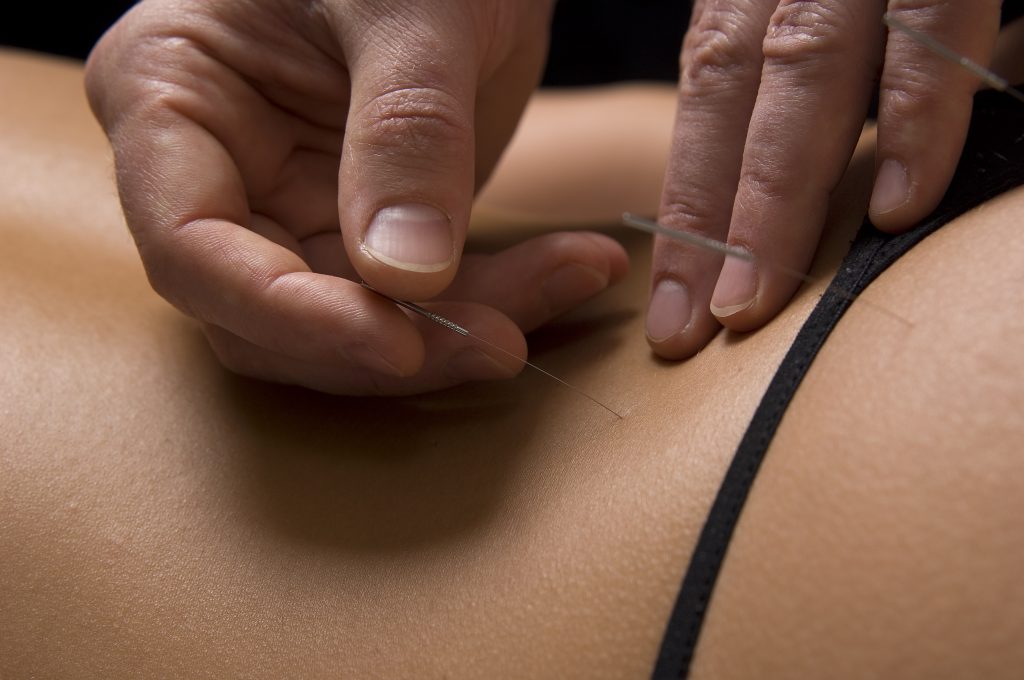
When, as an acupuncturist, you wish to do something, it pays if you know what the points are, where they are and what their powers or properties are. Also, importantly, which are ‘awake’ and which others they are on speaking terms with!
Then you can harness the ones you want to achieve your objective.
Sometimes you just need to ‘speak’ to one point/person. On other occasions you bring some together to do a job, just as in life you might ask a friend to help you find others to do something with you.
But what if that friend was a long way away, perhaps on the other side of the world? Then it would pay to know when everyone was asleep at the hour you rang, so as not to disturb him.
If you were interested in boosting creativity, you might not want someone who was only interested in piano-tuning. Instead you might go for an artist or philosopher or inspiring speaker.
Equally, you might know under which letter of the alphabet to seek someone, but not specifically which person.
You’d have to find him! In acupuncture terms this might mean knowing which meridian to choose and roughly where on that meridian to look. But you might not discover the exact ‘active’ point until you got some feedback from the patient.
So all the points have qualities, and they create a vast 3D map of potential for the knowledgeable acupuncturist.
It’s an intellectual challenge, but also an artistic process, bringing everything together to create something bigger and better and healthier than before: not just a selection of coloured fibres, but the creation of a tapestry.
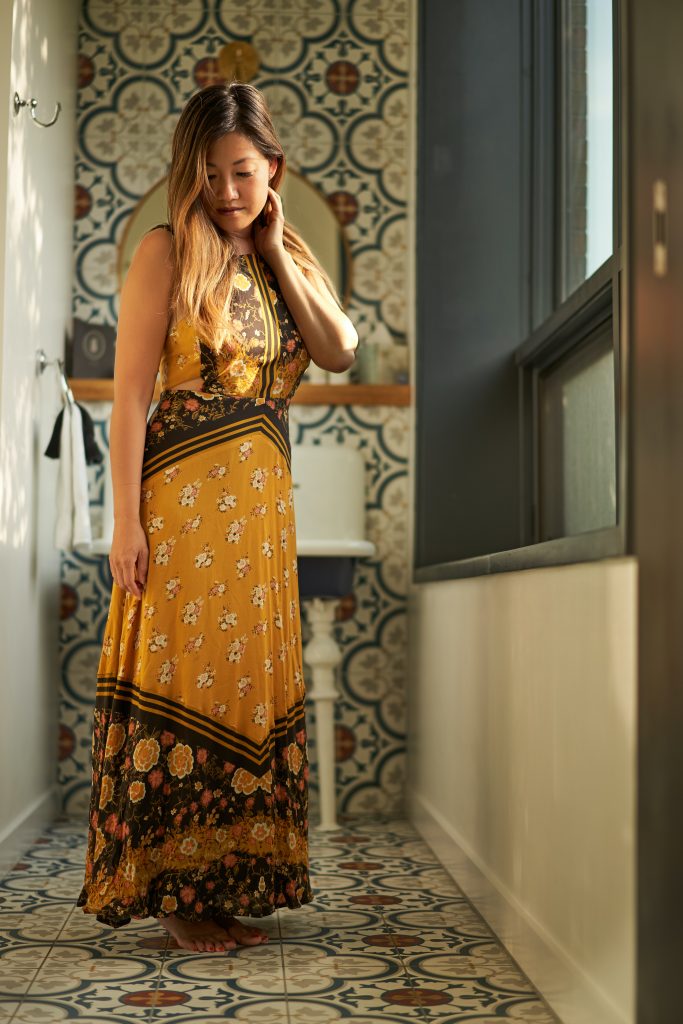
For more about points and other aspects of all this, see the links below!
And if you want a book on finding and using the active point, I recommend The Active Point.
These travel up and down the body connecting the ‘yang’ head and hands to the ‘yin’ torso and feet. Click for more on yin and yang.
Here’s another link to the acupuncture meridians list.
If you are reading this site you are probably looking for help with your health. That means there’s a continuing imbalance between yin and yang factors in your life.
With the information above, you may be able to work out where there is too much of one and/or not enough of the other.
You could try listing the main factors influencing your situation, placing them either under yin or under yang.
If you live under a lot of stress, also read our page on Qi Stagnation: Qi Stagnation, when your system backs up and what to do about it. (acupuncture-points.org)
Just doing this may make you understand yourself better, and perhaps even show you a way forward.
Take your time – you’ve got the rest of your life to do it!

Why You get Nervous Stomach Anxiety and How to Handle It. Acupuncture has great ways to help.
Subscribe to the Newsletter
If you are interested in understanding how Traditional Chinese Medicine can improve your life sign up to my newsletter for the latest updates.
Subscribe to the Newsletter
If you are interested in understanding how Traditional Chinese Medicine can improve your life sign up to my newsletter for the latest updates.